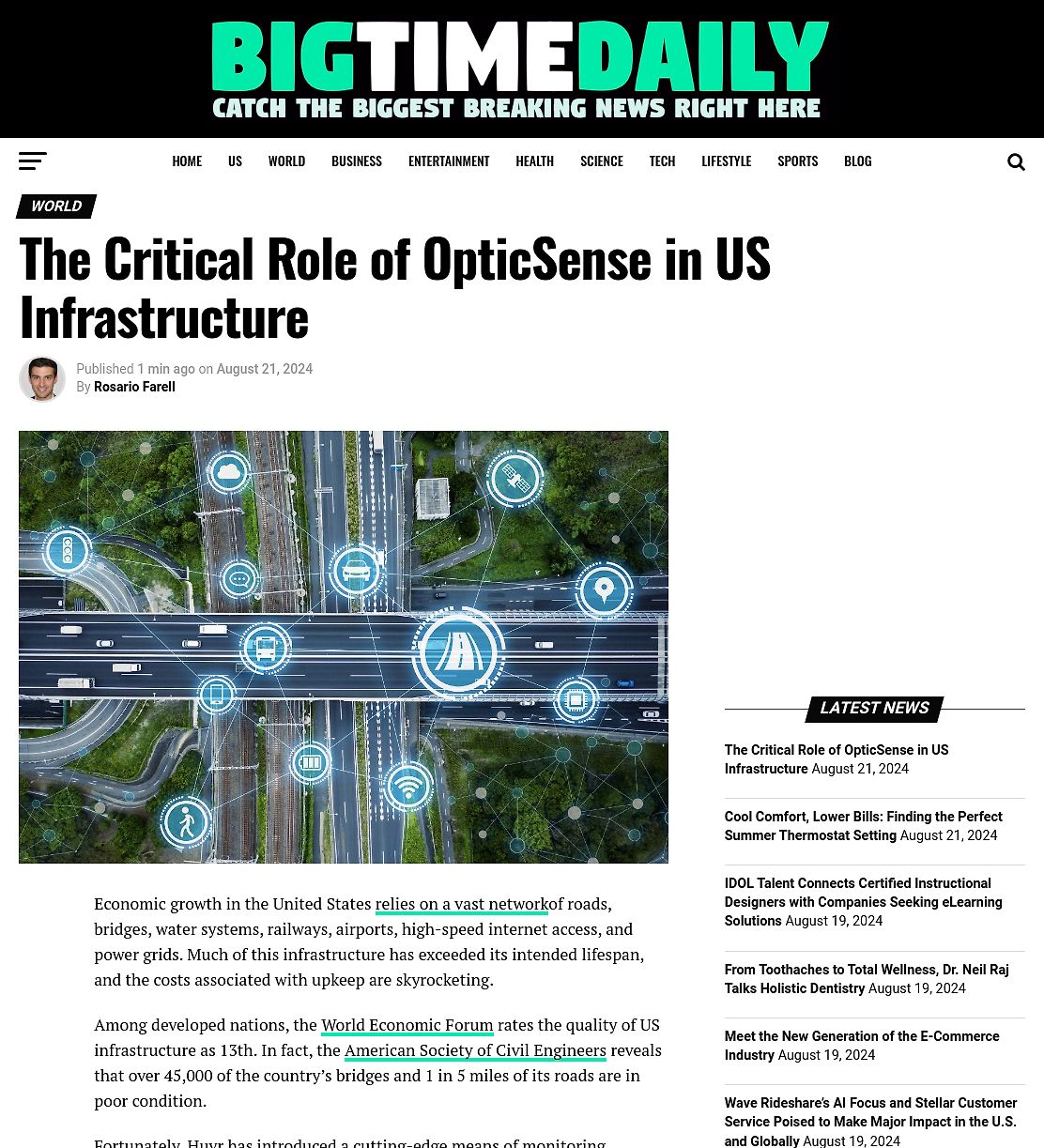Economic growth in the United States relies on a vast network of roads, bridges, water systems, railways, airports, high-speed internet access, and power grids. Much of this infrastructure has exceeded its intended lifespan, and the costs associated with upkeep are skyrocketing.
Among developed nations, the World Economic Forum rates the quality of US infrastructure as 13th. In fact, the American Society of Civil Engineers reveals that over 45,000 of the country’s bridges and 1 in 5 miles of its roads are in poor condition.
Fortunately, Huvr has introduced a cutting-edge means of monitoring infrastructure in real time. This comprehensive monitoring is designed to save money and keep people safe.
Why critical US infrastructure is failing
Much of the country’s infrastructure was built during the mid-20th century, and these structures are now reaching the end of their design lives. Along with the effects of natural aging, there has been a chronic underinvestment in infrastructure maintenance and upgrades. Public investment in the nation’s critical infrastructure has decreased by over 40 percent since the 1960s, and estimates suggest trillions of dollars are required to bring it up to acceptable standards.




